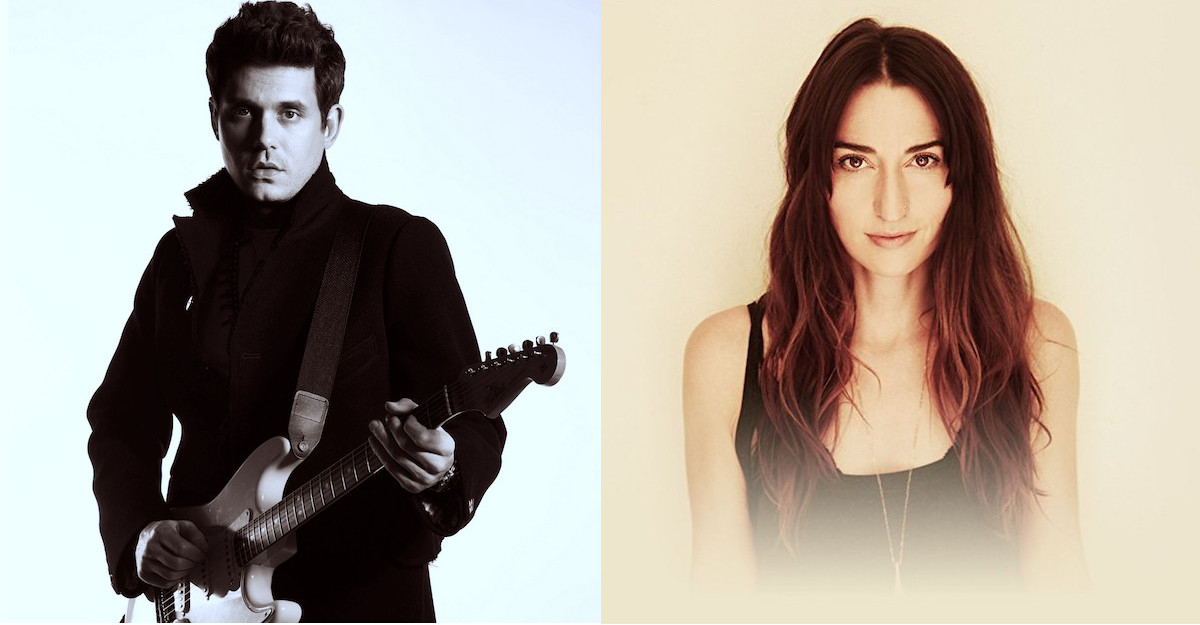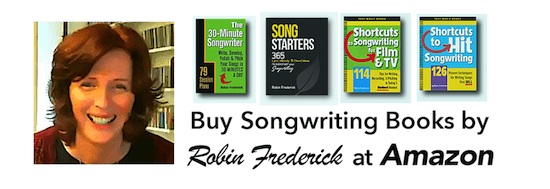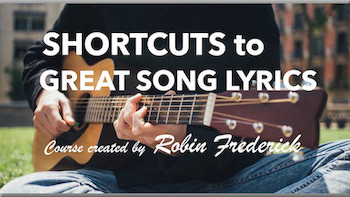Using images in your lyrics is a quick and powerful way to connect with listeners. Let’s take a look at a couple of strong image-based song lyrics. To find them, we need look no further than today’s successful singer-songwriters. This style relies heavily on the use of images to express personal experiences and emotions.
Song #1 “Slow Dancing in a Burning Room
Writer: John Mayer
Images in the song
THE TITLE IMAGE: The title of this song is an intensely powerful visual image. Who can resist picturing this couple and the destruction happening around them?
We’re goin’ down and you can see it too
We’re goin’ down and you know that we’re doomed
My dear, we’re slow dancing in a burnin’ room
With a title this vibrant, there’s a natural desire to fill the lyric with related images, like fire, smoke, smoldering embers, etc. But Mayer resists the temptation. There are supporting phrases in the verse and chorus – “dyin’ breath” “doomed,” “going down,” “false alarms” – but for the most part the title is allowed to stand on its own as a memorable payoff line for the chorus, adding impact in that all-important spot.
Another song with a strong title image is James Bay’s “Hold Back the River.” In this song the water reference in the title resonates throughout the lyric but, like the John Mayer song, it’s mixed in with other lines that are simple, conversational statements about the situation. You can read my song guide here.
BLEND IMAGES WITH DIRECT STATEMENTS: When you have a vivid, evocative image at the heart of your song, consider filling the rest of your lyric with a blend of related words and images along with direct statements about what’s happening. You’ll sustain the emotional power of the central image while ensuring that your listener understands what’s going on and the image doesn’t take over. Take a look at these two songs – “Slow Dancing in a Burning Room” and “Hold Back the River” – to get a feel for the balance of imagery and direct statement.
FILM & TV USES: Obviously, John Mayer’s song isn’t about a couple who are actually dancing in a burning room. The title image is a metaphor that suggests an emotional situation – a relationship that’s falling apart. Break-ups and end-of-love scenes are featured in many movies and TV shows. The script takes care of the story details while a song like this enhances the sense of impending collapse, creating a more intense experience for the viewer.
Songwriting techniques to try
Create a title with a strong visual image and use it as the first or last line of a chorus. Back it up with phrases that support the the image, as well as phrases that clarify what’s happening. Answer questions like: What does this feel like? Why are you saying that? What made you picture that image? What does it mean?
Song #2: “Brave”
Writers: Sara Bareilles, Jack Antonoff
Images in the song
VISUAL WRITING: Turn an abstract idea into a vivid experience by “picturing” it. Sara Bareilles is a very visual songwriter and “Brave” is no exception. The song opens with the line “You can be amazing.” Then Bareilles immediately explains it with visuals: “You can turn a phrase into a weapon or a drug.”
Concrete objects like “weapon” and drug” paint a picture for us. She could have said: “You can use words in powerful ways,” but that would be too abstract; we wouldn’t be able see and immediately grasp what she’s saying. With those two images, though, we get the idea right away, along with added layers of nuance. (Weapons and drugs both have negative, dark connotations.)
The song then builds to its central theme using words with plenty of emotional content: “outcast,” “backlash,” “sunlight,” “shadow” and “skin.”
You can be amazing
You can turn a phrase into a weapon or a drug
You can be the outcast
Or be the backlash of somebody’s lack of love
Or you can start speaking up
Nothing’s gonna hurt you the way that words do
When they settle ‘neath your skin
Kept on the inside and no sunlight
Sometimes a shadow wins
But I wonder what would happen if you…
Say what you wanna say
And let the words fall out
Honestly I wanna see you be brave.
Writing message songs
MESSAGE SONGS:The core idea at the center of this lyric deals with an abstract concept. (“Find the courage to speak out.”) Message songs like this can easily become preachy: “You ought to… ” “You should….”
No one wants to be told what they should do. But people will listen if they’re invited to share in a moving experience. In this lyric, language filled with images and emotional associations keeps listeners engaged and puts the message across in a way they see and feel.
MIX IMAGES WITH DIRECT STATEMENT: Notice how the images and words with strong emotional content appear primarily in the verse in this song, while the chorus (“say what you wanna say…”) makes a simple, direct statement of the singer’s message.
This is the opposite of John Mayer’s song which has the big image in the chorus. But both songs are able to find a balance. If you have an image-heavy verse, try making your chorus clear and to the point. If your big images are in the chorus, keep your verses direct and conversational.
FILM & TV USES: “Brave” has been used in numerous TV shows. The lyric theme works well in scenes that lead to confrontations and in coming-of-age stories. Look for common scenes like these, and then write songs that enhance the underlying emotion.
Songwriting techniques to try
- Choose an abstract idea and turn it into a lyric that engages listeners by using images to express it. Or…
- Choose a personal experience and make it more accessible by painting a picture of the situation, the people involved, and the singer’s feelings. Use images and language with plenty of emotional content so your listener can experience the situation for themselves.
Find out more about using images in your lyrics.
A long and proud history
Tale a listen to successful singer-songwriters of past decades and I guarantee you’ll find more techniques you can use to add images and visual examples to your lyrics. Joni Mitchell didn’t just wish she were somewhere else when she had a fight with her lover, she wished she had a frozen river she could skate away on. James Taylor compared his life experiences to fire and rain. Dylan pictured Cinderella sweeping up on Desolation Row. Simon and Garfunkel imagined darkness as an old friend.
Give yourself time to learn and practice using images. It may take awhile or you might get the hang of it right away. Whatever happens, it will pay off in terms of attracting and holding listeners, one of the essential keys to successful songwriting.
READ MORE SONG GUIDES ON THIS SITE. Learn from the hits!
EXTRA READING: To find out more about the songwriting techniques used in these examples read the following in my books…
In Shortcuts to Hit Songwriting:
Shortcut 40 – Use Images, Action Words, and Phrases in Your Title
Shortcut 57 – Images: Make Your Lyric Come to Life
Shortcut 59 – Use Right Brain Language: Make Your Listener Feel, Not Think
In Shortcuts to Songwriting for Film & TV:
Shortcut 46 – Universal Lyrics: Use a Shared Experience
Shortcut 49 – Write Universal Lyrics Without Writing Clichés
Shortcut 53 – Express Emotions With Vivid, Physical Language


